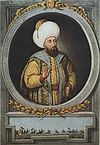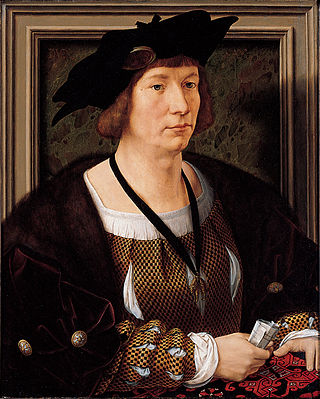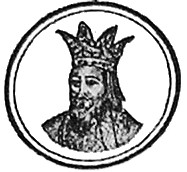This article needs additional citations for verification .(January 2021) |
| Millennium: | 2nd millennium |
|---|---|
| Centuries: | |
| Decades: | |
| Years: |
| 1451 by topic |
|---|
| Arts and science |
| Leaders |
| Birth and death categories |
| Births – Deaths |
| Establishments and disestablishments categories |
| Establishments – Disestablishments |
| Art and literature |
| 1451 in poetry |
| Gregorian calendar | 1451 MCDLI |
| Ab urbe condita | 2204 |
| Armenian calendar | 900 ԹՎ Ջ |
| Assyrian calendar | 6201 |
| Balinese saka calendar | 1372–1373 |
| Bengali calendar | 858 |
| Berber calendar | 2401 |
| English Regnal year | 29 Hen. 6 – 30 Hen. 6 |
| Buddhist calendar | 1995 |
| Burmese calendar | 813 |
| Byzantine calendar | 6959–6960 |
| Chinese calendar | 庚午年 (Metal Horse) 4147 or 4087 — to — 辛未年 (Metal Goat) 4148 or 4088 |
| Coptic calendar | 1167–1168 |
| Discordian calendar | 2617 |
| Ethiopian calendar | 1443–1444 |
| Hebrew calendar | 5211–5212 |
| Hindu calendars | |
| - Vikram Samvat | 1507–1508 |
| - Shaka Samvat | 1372–1373 |
| - Kali Yuga | 4551–4552 |
| Holocene calendar | 11451 |
| Igbo calendar | 451–452 |
| Iranian calendar | 829–830 |
| Islamic calendar | 854–855 |
| Japanese calendar | Hōtoku 3 (宝徳3年) |
| Javanese calendar | 1366–1367 |
| Julian calendar | 1451 MCDLI |
| Korean calendar | 3784 |
| Minguo calendar | 461 before ROC 民前461年 |
| Nanakshahi calendar | −17 |
| Thai solar calendar | 1993–1994 |
| Tibetan calendar | 阳金马年 (male Iron-Horse) 1577 or 1196 or 424 — to — 阴金羊年 (female Iron-Goat) 1578 or 1197 or 425 |
Year 1451 ( MCDLI ) was a common year starting on Friday (link will display the full calendar) of the Julian calendar.









